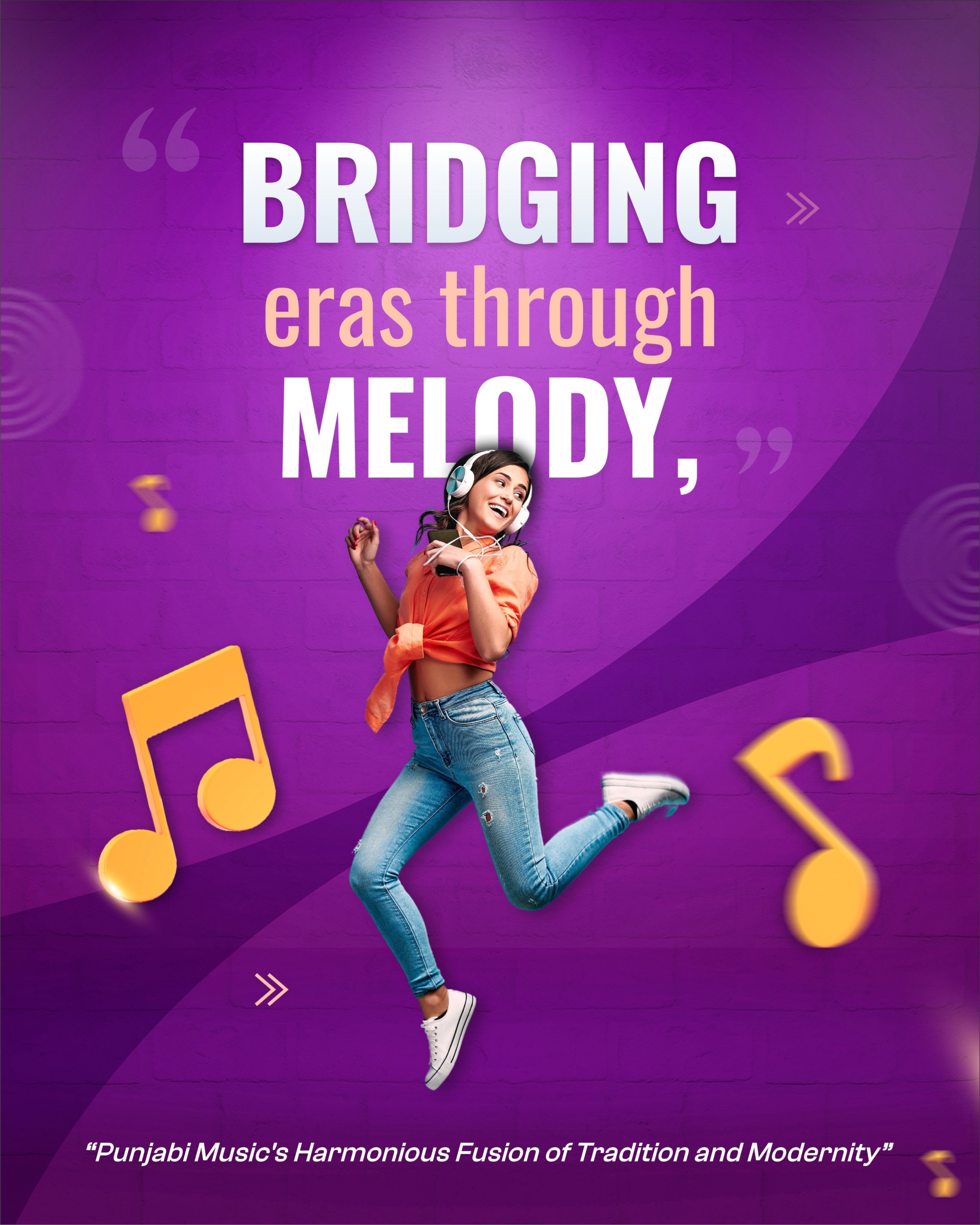Punjabi music is a rich tapestry that has been weaved over many years. It has elegantly changed with the times while still being firmly rooted in its cultural heritage. This genre stands out for its seamless synthesis of classic musical instruments and elements with modern styles, which results in a harmonious fusion that resonates beyond generations and spans the divide between eras.
Reflecting Tradition:
There is a wealth of enduring melodies, instruments, and rhythms at the core of Punjabi music. Generations have adored the entrancing “Bhangra” rhythms, the “Sufi” tunes with their soul, and the “Gurmat Sangeet” with its sentiment. Through the years, these tunes have shaped the identity of the people of Punjab by reflecting the tales, sentiments, and ethos of that region.
Instruments as Cultural Anchors:
The variety of traditional instruments used in Punjabi music, each of which carries a unique cultural history, cannot be separated from it. The “Dhol” with its thunderous beats, has long served as the
celebration’s pulse, while the “Tumbi” conjures the unpretentious charm of rural Punjab. These instruments not only give Punjabi music authenticity, but they also link contemporary listeners to the history of the region.
A Fusion of Notes and Narratives:
The tasteful blending of classic melodies with modern styles is what distinguishes Punjabi music from other genres. These historic components are deftly combined by contemporary musicians and
producers with electronic beats, hip-hop rhythms, and pop influences to create an engaging audio experience that speaks to both the past and the present. The genre may connect with a wide variety of listeners, from the younger to the older generation, thanks to its inventive blending.
Keeping Cultural Diversity Harmonious:
Traditional musical instruments and styles are combined with modern styles to create a bridge between the past and the present. Younger generations can recognize their roots and cultural heritage thanks to this harmonic fusion, frequently in ways that appeal to current sensibilities. It demonstrates the genre’s versatility and dedication to preserving the core of Punjab’s cultural legacy.
A Legacy that Evolves:
The Punjabi spirit itself, which smoothly combines its rich legacy with the pace of progress, can be seen in Punjabi music, which has the potential to bridge the gap between traditional and modern music. Indulging in the melodies allows listeners to embark on a trip that transcends time and evokes feelings that are both timeless and modern.
Punjabi music serves as an example of how traditions may be upheld while embracing the winds of change in the world of music, where notes transform into stories and melodies into memories. A harmonic dedication to the past, a vivacious celebration of the present, and a promise of a future where Punjab’s musical history continues to survive and forever reverberates with the heartbeat of its people are all created by the merging of traditional musical elements with contemporary trends.


